Aku mem-WFH-kan diri di awal Maret tahun ini karena mendadak kena flu, baru bergabung dengan WFH resmi yang berlangsung panjang hingga menjelang Juli. Pun di hari-hari awal, sambil melihat yang terjadi di RRC dan Eropa, aku mulai mencatat prediksi-prediksi yang tidak optimis, termasuk bahwa (a) virus ini tidak akan pergi, dan kita yang harus menyesuaikan diri, serta (b) andaipun wabah menghilang, perilaku orang sudah berubah, setelah mengalami bahwa banyak aktivitas sebenarnya dapat didigitalkan. Dilengkapi beberapa kajian paper tentang transformasi di level ekosistem dll, sebenarnya aku siap memaparkan pada IEEE Leadership Summit: Engineering in Covid-19 Crises beberapa bulan lalu. Namun, ternyata aku lebih mengasyiki jadi moderator daripada jadi speaker :).
Beberapa bagian dari rencana presentasi itu akhirnya dimanfaatkan hari ini. Atas undangan Mr Ford, hari ini aku bergabung sebagai salah satu speaker dalam diskusi meja bundar (Round Table) dengan judul Business Development in the COVID-19 era: Challenges and Opportunities. Diskusi diselenggarakan Southern Federal University (SFedU) di Rostov, Russia. Narasumber diskusi ini berasal dari kalangan bisnis dan akademisi dari Jepang, Italia, Thailand, Indonesia, dan tentu saja Russia sendiri.
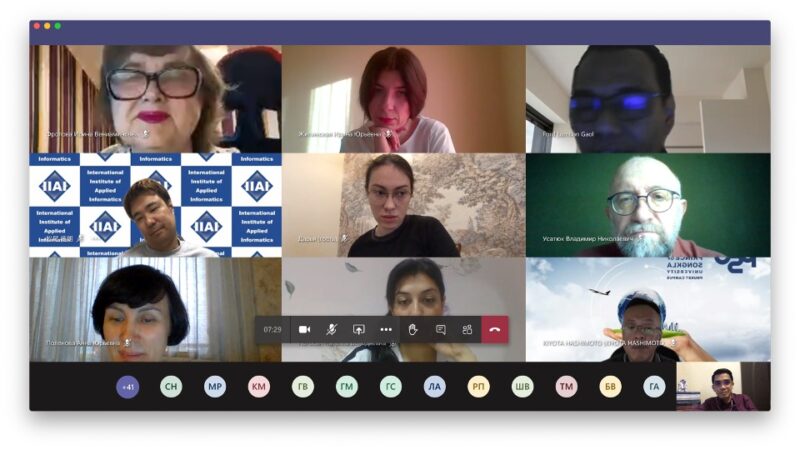
Paparanku dimulai dengan fakta bahwa dalam beberapa dekade terakhir, sebenarnya perusahaan global dan / atau perusahaan digital memiliki kecenderungan untuk mengembangkan bisnis dengan menumbuhkan ekosistem; dan hal ini mau-tak-mau telah mengubah perilaku dan budaya masyakarat. Jadi, bahkan tanpa krisis dan pandemi pun, transformasi digital dan ekosistem bisnis sudah menjadi keniscayaan. Pandemi hanya mempercepat.

Krisis yang terjadi secara serba mendadak mengharuskan masyarakat untuk mempertahankan aktivitasnya dengan teknologi atau apa pun yang dapat dilakukan. Kantor tutup, tapi orang dapat berkoordinasi dengan teks atau vicon. Rapat dan koordinasi lain jalan terus. Sekolah pun berpindah ke kelas vicon. Ini adalah tahap emergency, saat masyarakat sekedar memanfaatkan teknologi untuk memindahkan aktivitas yang telah ada. Ini segera diikuti dengan fase adaptasi, saatu terjadi perbaikan atau perubahan yang saling adaptif, baik di sisi teknologi maupun di sisi perilaku. Rapat dan koordinasi dianggap wajar dari tempat dan waktu yang tidak harus berdekatan. Informasi yang terbaharui dan kompehensif dapat digunakan bersama untuk mengambil keputusan tanpa harus benar-benar bertemu. Terjadi perubahan yang lebih filosofis. “Mengapa harus rapat? Karena kita ingin semua informasi yang updated dan komprehensif dari berbagai pihak dapat dipertimbangkan dengan berbagai feedback untuk menghasilkan keputusan terbaik. Nah, sekarang, dapatkah ini dilakukan tanpa rapat?” Disiplin pembaharuan data, disiplin pengambilan keputusan dengan informasi komprehensif, serta sistem feedback — yang semuanya sebenarnay dapat dilakukan dengan teknologi informasi yang telah ada sekarang. Maka masuklah kita ke fase transformasi, dengan model aktivitas bisnis, pendidikan, perdagangan, logistik, dievaluasi kembali, dan ditransformasikan memanfaatkan teknologi digital. Ini akan menghasilkan kapabilitas-kapabilitas dan peluang-peluang baru, yang menariknya justru menjadikan krisis ini sebagai pemicu terjadinya ekspansi.
Dan justru di masa krisis semacam ini, dengan keterbatasan yang luar biasa dalam pengembangan kapabilitas serta semakin rumitnya mencari peluang-peluang baru; maka secara pragmatis masyarakat dan bisnis mulai terbuka untuk saling memanfaatkan kapabilitas dan peluang dari pihak lain — terbentuk kolaborasi yang tidak harus bersifat formal, atau dengan kata lain: terbentuk model pertumbuhan melalui ekosistem.

Ekosistem sendiri dapat tumbuh secara alami, atau tetap dapat ditumbuhkan melalui perencanaan. Ekosistem seperti media sosial, proliferasi aplikasi mobile, dan lain-lain sebagian dipengaruhi oleh strategi yang dirumuskan pengembang platform, sebagian besar diatur oleh para pemakai, termasuk yang menambahkan berbagai feature yang dapat berpeluang menjadi platform yang berbeda. Misalnya, siapa yang lebih platform: Android (yang bisa ditumpangi banyak media sosial) atau Facebook (yang dapat memanfaatkan berbagai sistem operasi)? Namun secara teknologi dan bisnis, tetap perlu dan dapat dilakukan perencanaan pengembangan ekosistem, seperti saat kita mengembangkan bisnis yang bersifat sangat adaptif dan agile. Ekosistem harus dirancang untuk bersifat sangat dan sangat-sangat adaptif sejak awal.

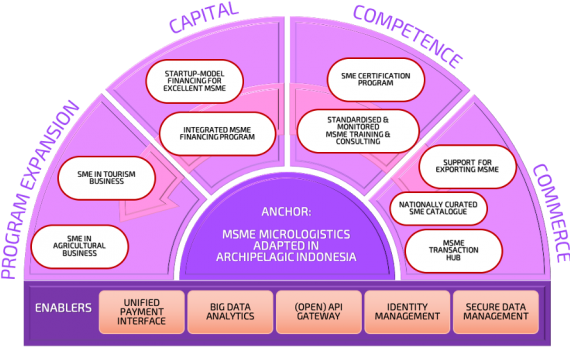
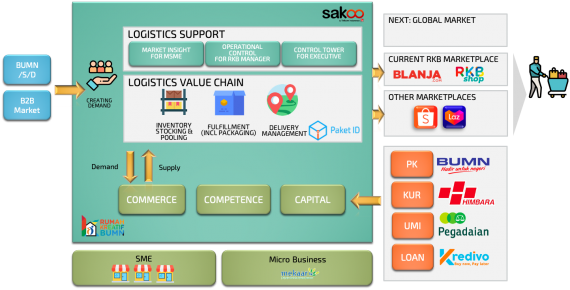
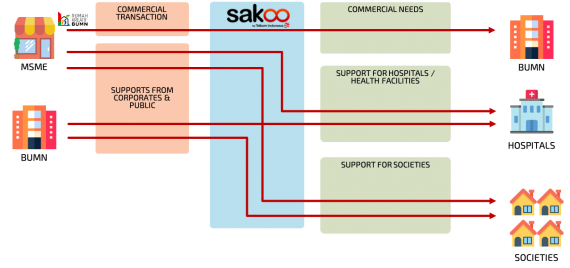
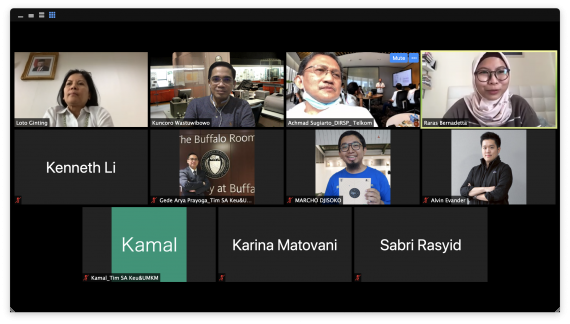
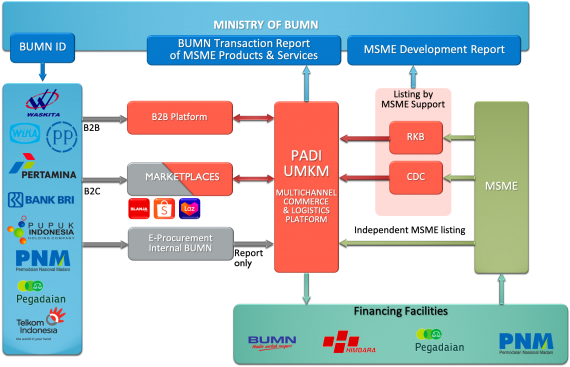
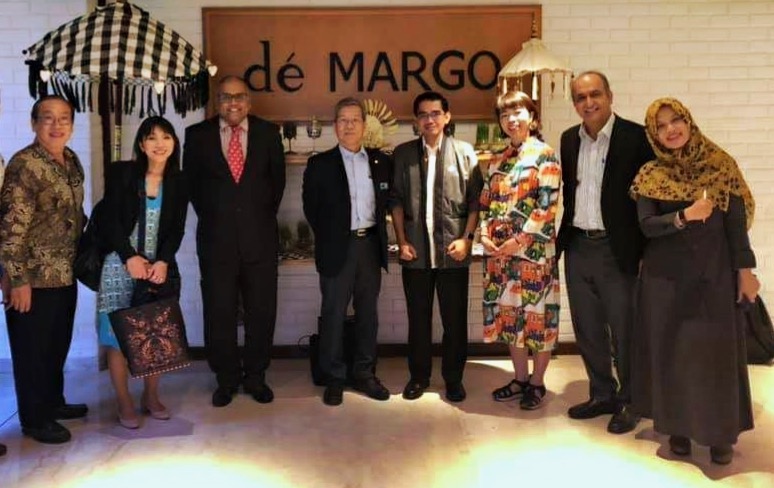
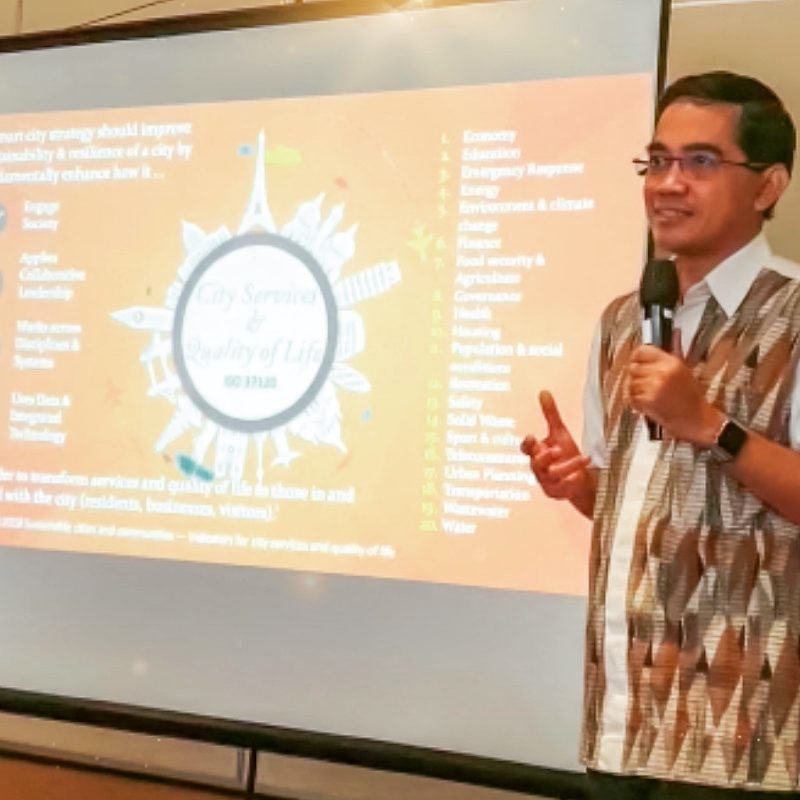
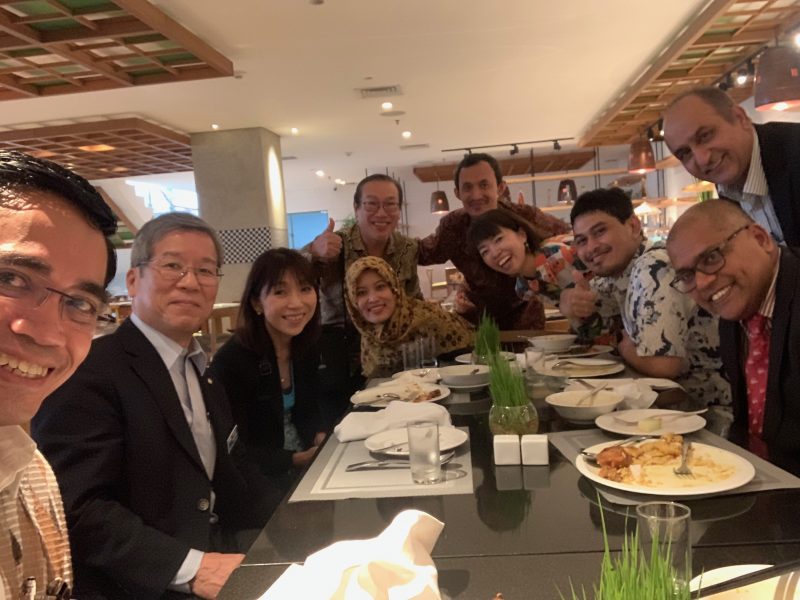
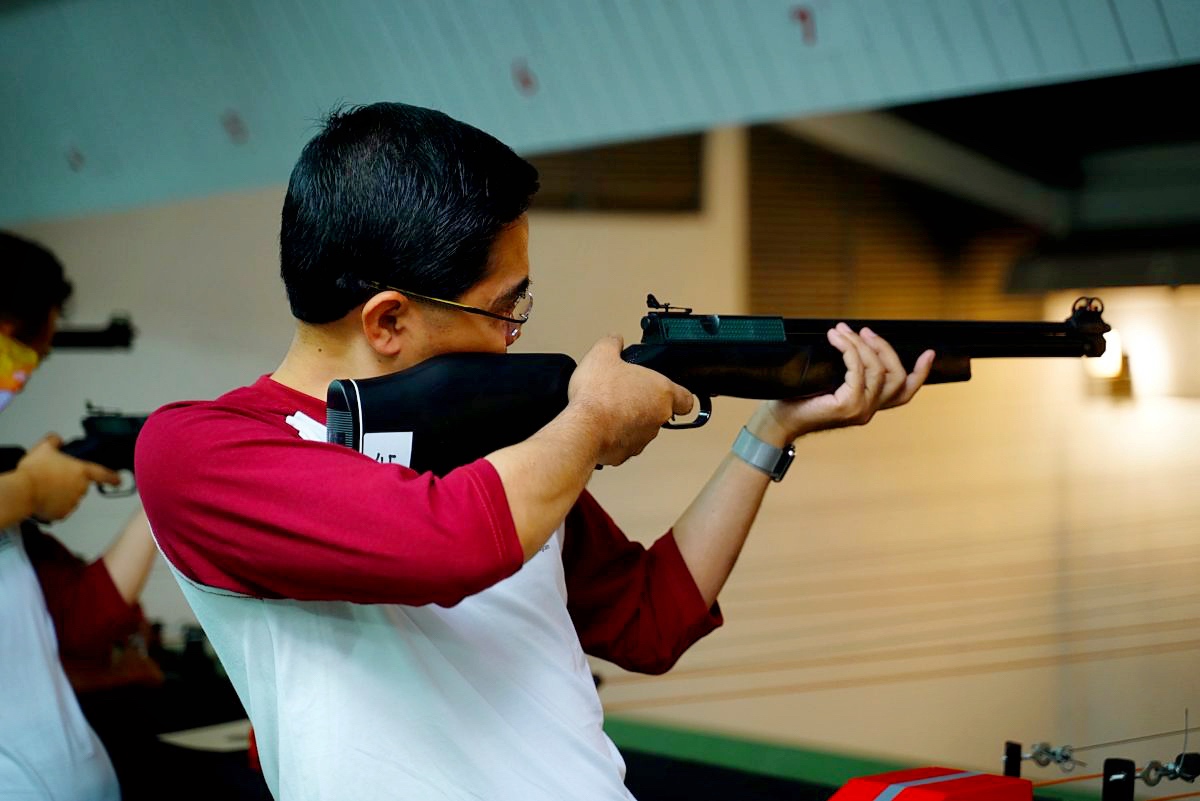
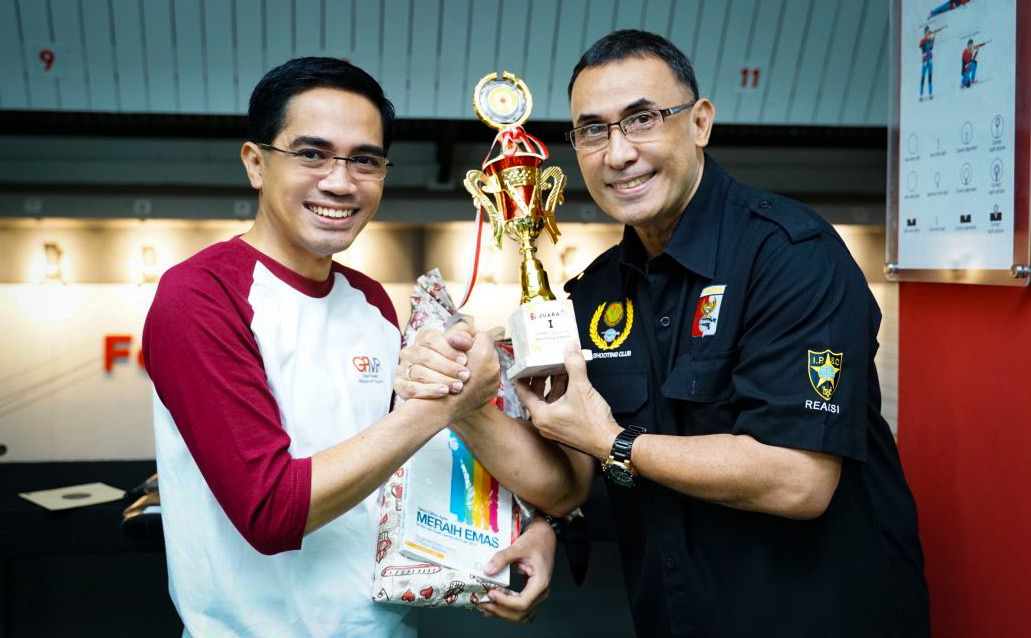
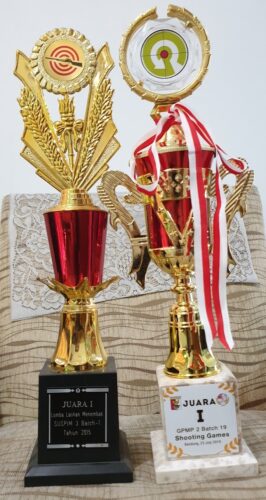
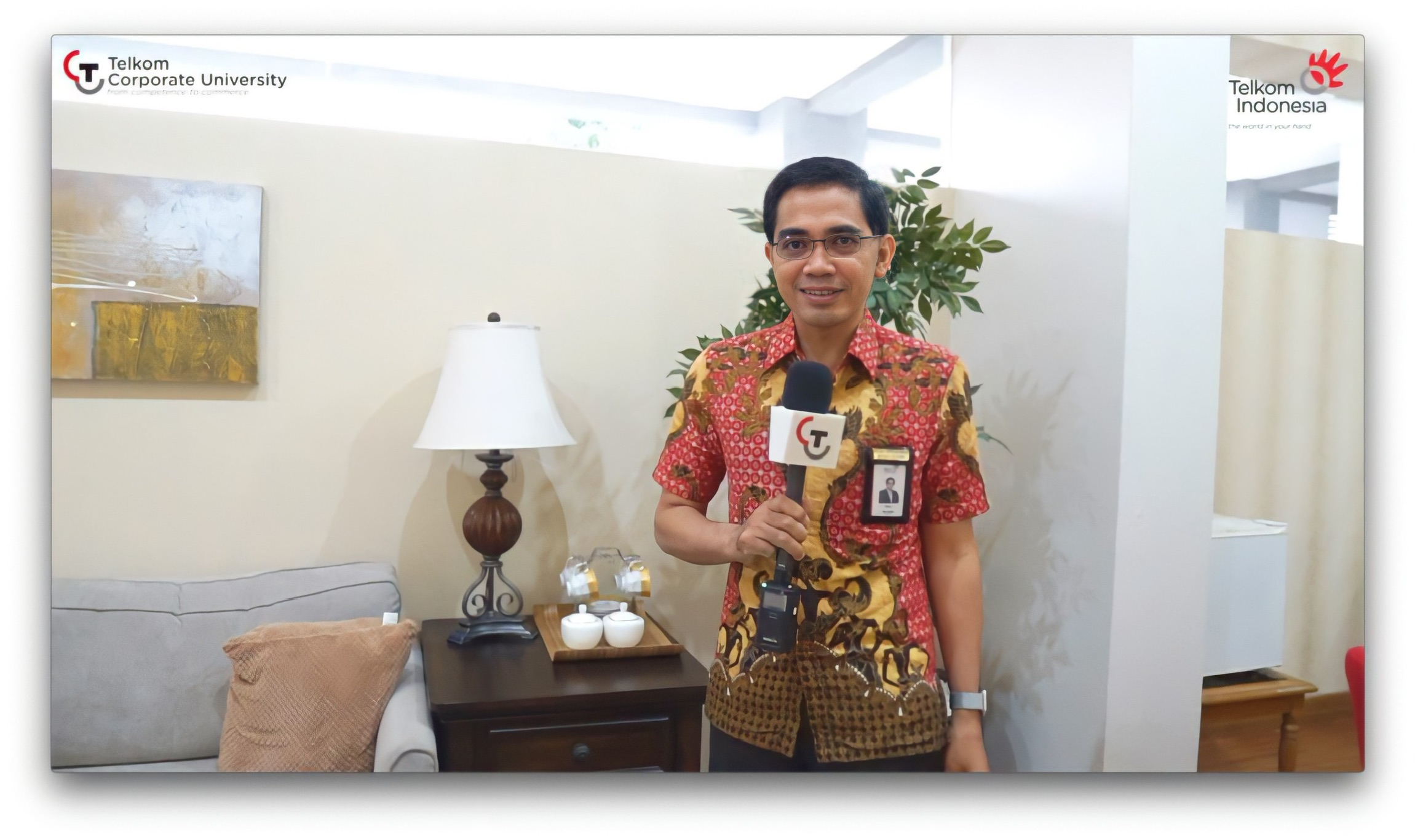
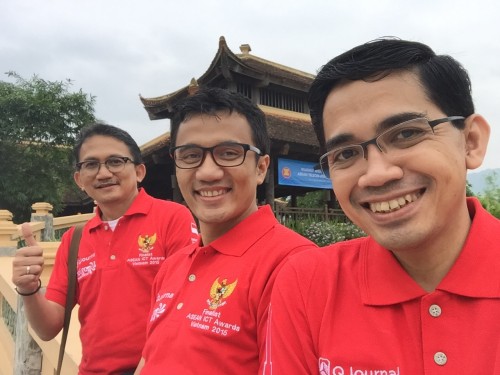
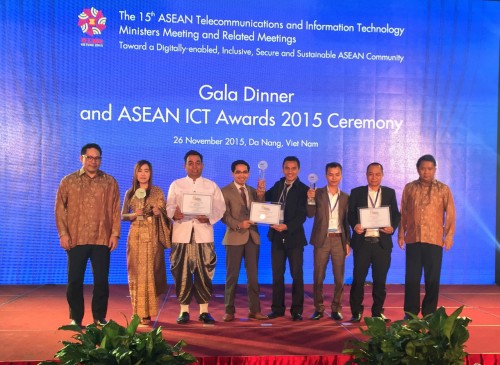
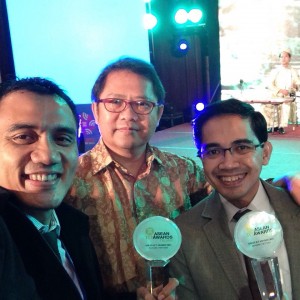
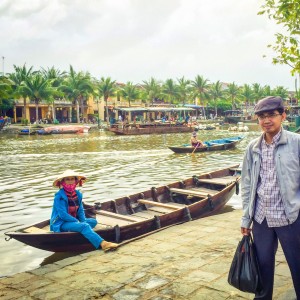
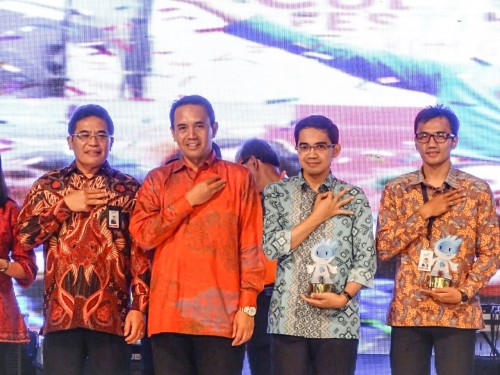






 . Thanks, all.
. Thanks, all.